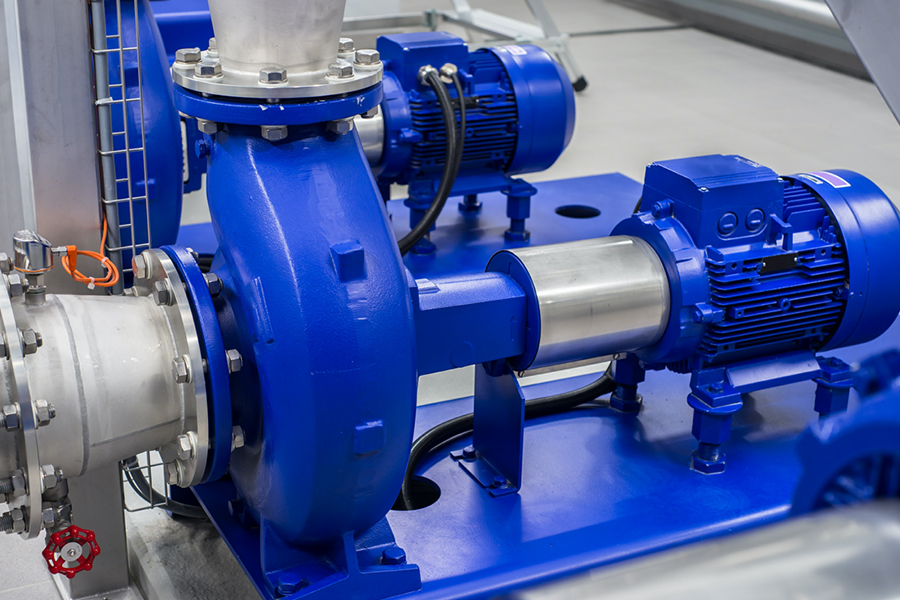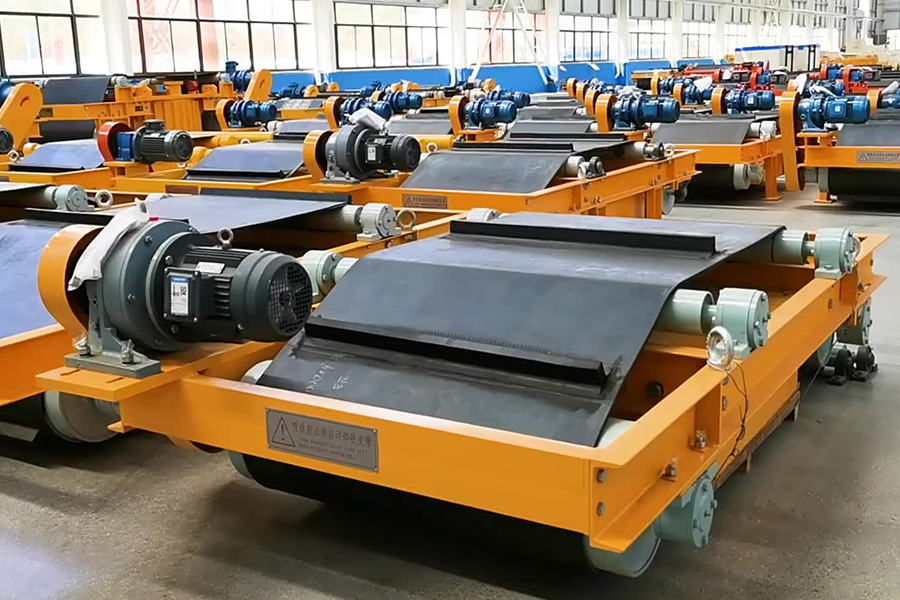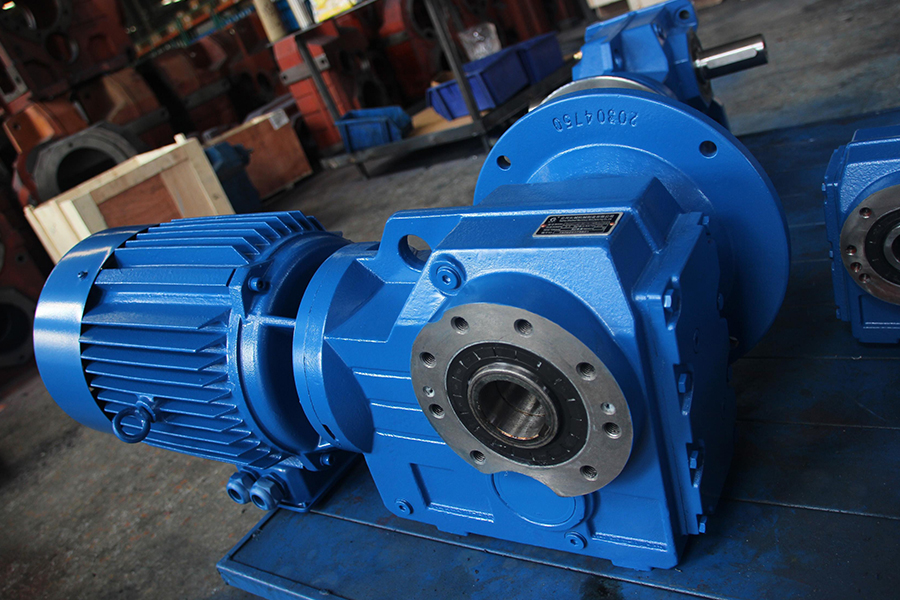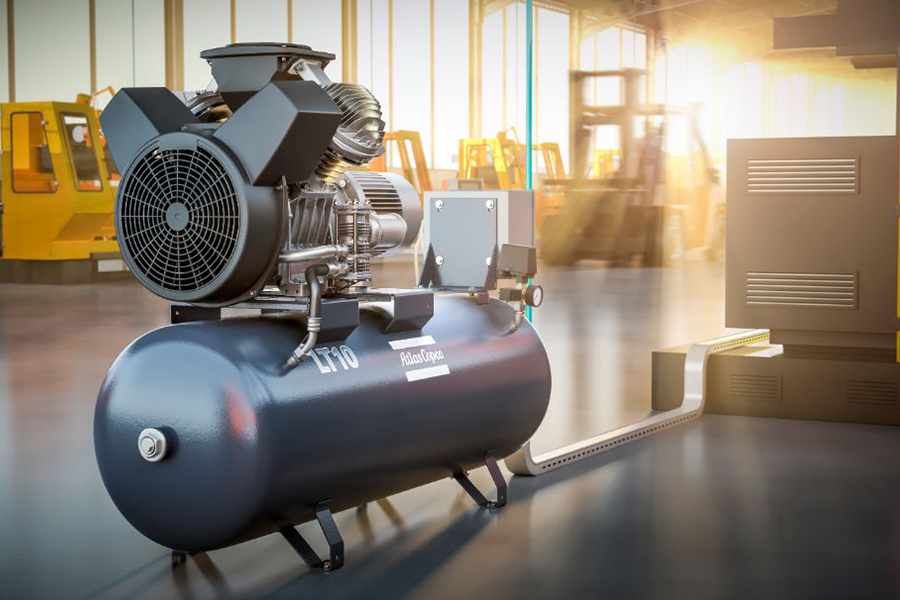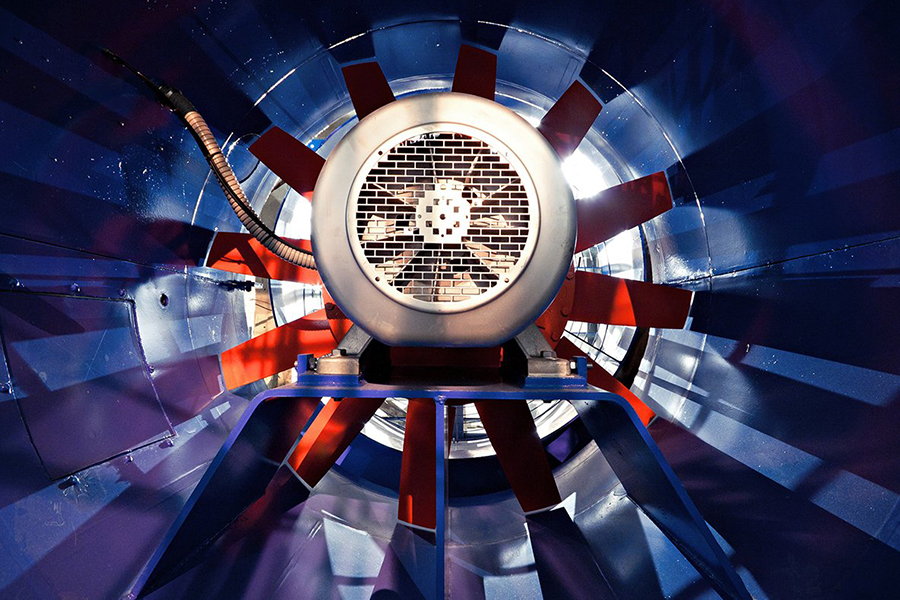In the realm of modern engineering, the integration of 3 phase variable frequency drive (VFD) technology has revolutionized the efficiency and functionality of electric motors across industries. This article embarks on a comprehensive exploration of the principles, applications, and advancements surrounding 3 phase VFD motors, shedding light on their significance in contemporary engineering landscapes.
At the core of this innovation lies the concept of variable frequency drive, a technology designed to regulate the speed and torque of an electric motor by adjusting the frequency and voltage of the power supplied to it. Unlike traditional fixed-speed motors, 3 phase VFD motors offer unparalleled flexibility and control, enabling precise modulation of motor speed to match specific operational requirements.
One of the fundamental advantages of 3 phase VFD motors is their ability to facilitate energy savings through improved efficiency. By dynamically adjusting motor speed to match the load demand, VFDs mitigate the energy losses associated with constant-speed operation, resulting in significant reductions in power consumption and operating costs. This efficiency enhancement not only aligns with sustainability goals but also contributes to the economic viability of industrial processes.
Moreover, the versatility of 3 phase VFD motors extends beyond energy efficiency, encompassing a wide spectrum of applications across various sectors. From HVAC systems and industrial pumps to conveyor belts and machine tools, these motors serve as the driving force behind diverse machinery and equipment, catering to the dynamic needs of modern production environments.
In addition to their operational versatility, 3 phase VFD motors exhibit enhanced performance characteristics, including smoother acceleration, precise speed control, and reduced mechanical stress on motor components. This enhanced performance not only improves the reliability and longevity of motor systems but also enhances overall system performance and productivity.
Furthermore, the evolution of 3 phase VFD technology continues to unfold, driven by ongoing research and development efforts aimed at pushing the boundaries of efficiency, reliability, and functionality. Innovations such as sensorless vector control, regenerative braking, and advanced diagnostics empower engineers and technicians to optimize motor performance and troubleshoot issues with exceptional precision.
However, despite their myriad benefits, the implementation of 3 phase VFD motors is not without challenges. Compatibility issues, harmonic distortion, and electromagnetic interference are among the technical hurdles that engineers must address to ensure seamless integration and operation within existing systems. Moreover, considerations such as motor sizing, installation practices, and maintenance protocols play crucial roles in maximizing the performance and longevity of VFD-driven motor systems.
In conclusion, 3 phase variable frequency drive motors represent a paradigm shift in the realm of electric motor technology, offering a potent combination of efficiency, versatility, and performance. As industries continue to embrace these advancements, the landscape of modern engineering will be characterized by greater flexibility, sustainability, and innovation, propelled by the transformative power of VFD technology.
In the pursuit of further advancements, ongoing research endeavors aim to address existing limitations and unlock new possibilities for 3 phase VFD motors. Emerging trends such as Internet of Things (IoT) integration, predictive maintenance algorithms, and artificial intelligence-driven control systems are poised to redefine the capabilities of VFD technology.
Moreover, the integration of renewable energy sources, such as solar and wind power, with VFD-driven motor systems presents opportunities for enhanced sustainability and energy independence. By harnessing renewable energy and leveraging VFD technology to optimize energy utilization, industries can reduce their carbon footprint and contribute to global efforts to combat climate change.
Furthermore, the advent of digital twins and virtual simulation tools facilitates the design, optimization, and predictive analysis of VFD motor systems, enabling engineers to explore different scenarios and fine-tune parameters before implementation. This virtual modeling approach not only accelerates the development process but also enhances system reliability and performance through iterative design iterations.

 English
English 中文简体
中文简体 عربى
عربى



